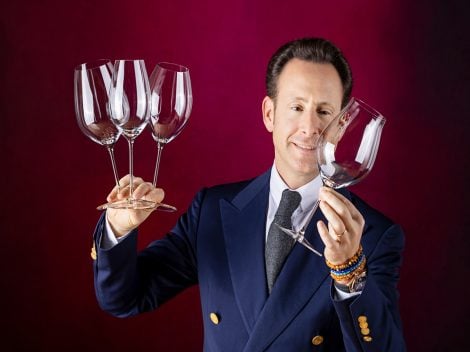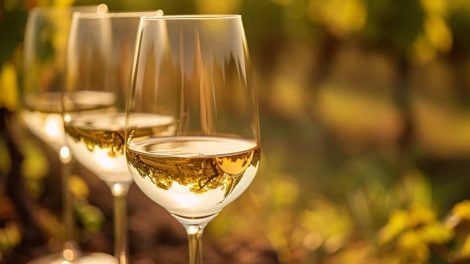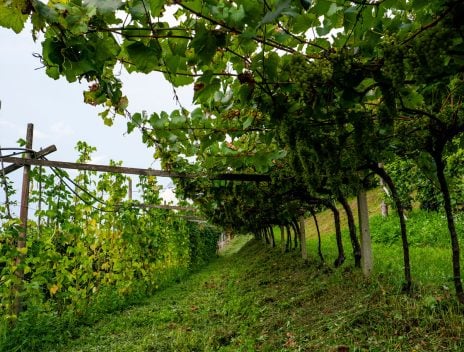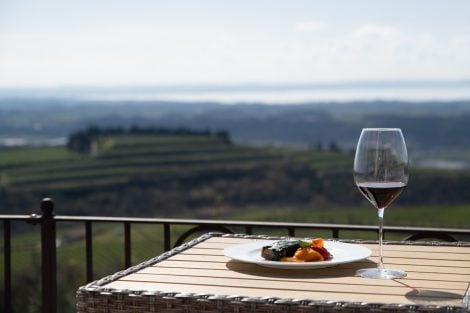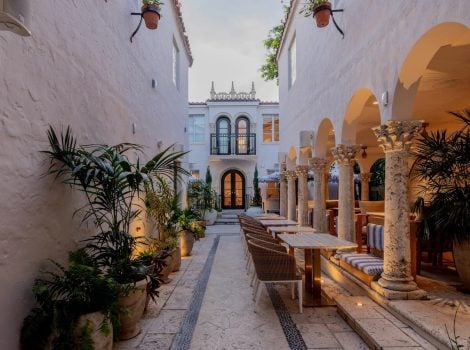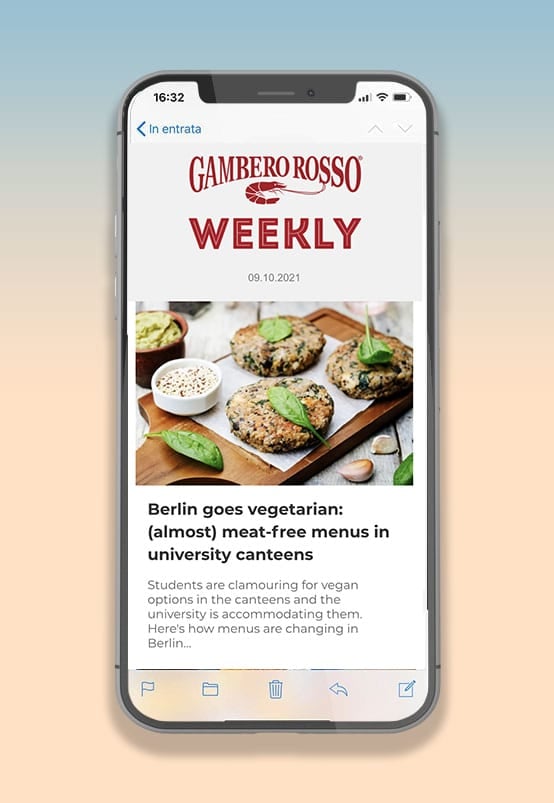Our country boasts an incredible variety of aromatic grape varieties. The climate allows for late harvests and drying processes, and our winemaking tradition is ancient. However, for several years now, a decline in consumption has put these wines at risk, often relegated to the end of a meal or festive occasions. Yet, their vitality lies precisely in the possibility of diverse pairings: when combined with savoury foods, they create new and unique experiences, starting from the aperitif…
Noble rot with Cacio e Pepe, Moscato for boiled meats…
Let’s take salted almonds and olives, traditional cured meats; continue with cacio e pepe and move on to mixed boiled meats. Then we reach the cheeses, concluding a classic meal at an Italian trattoria or a Sunday family gathering. What’s missing? A touch of fun: for instance, starting with a fresh Moscato d’Asti, a five-degree alcohol glass with light effervescence and a fresh, fragrant bouquet – it can be a delightful experience. Paired with salted almonds, it becomes a true delicacy. But we could surprise everyone with a Malvasia di Castelnuovo Don Bosco, a red wine that’s not too sweet, with good acidity, pairing it with salami, mortadella, or a well-aged prosciutto crudo – a winning choice. However, one shouldn’t be afraid to be even more daring: with cacio e pepe, let’s try an Orvieto Muffa Nobile, and with boiled meats, the prestigious and rare Moscato di Scanzo. Finishing with cheeses? Here, as we know, the options are endless.
The Ccisis of sweet wines: the world has changed
Let’s take a step back. Why are these wines no longer being consumed? Is it a matter of taste or changing drinking habits? In the past, the most prestigious wines were sweet: think of Vin Santi, various Moscatos, or Malvasias found throughout Italy. These were the wines served on important occasions, for representation, to honour religious rituals, to celebrate family traditions, or simply to offer to friends during gatherings, perhaps savoured by the fireplace. Fashion and trends change, and today’s faster-paced lifestyle makes it difficult to experience those moments… Furthermore, alcohol consumption at the end of a meal has also declined: people need to drive, sugar intake is best avoided, and dessert alone suffices. So why not change our perspective? Instead of saving them for the end of a meal, let’s start with sweet wines.
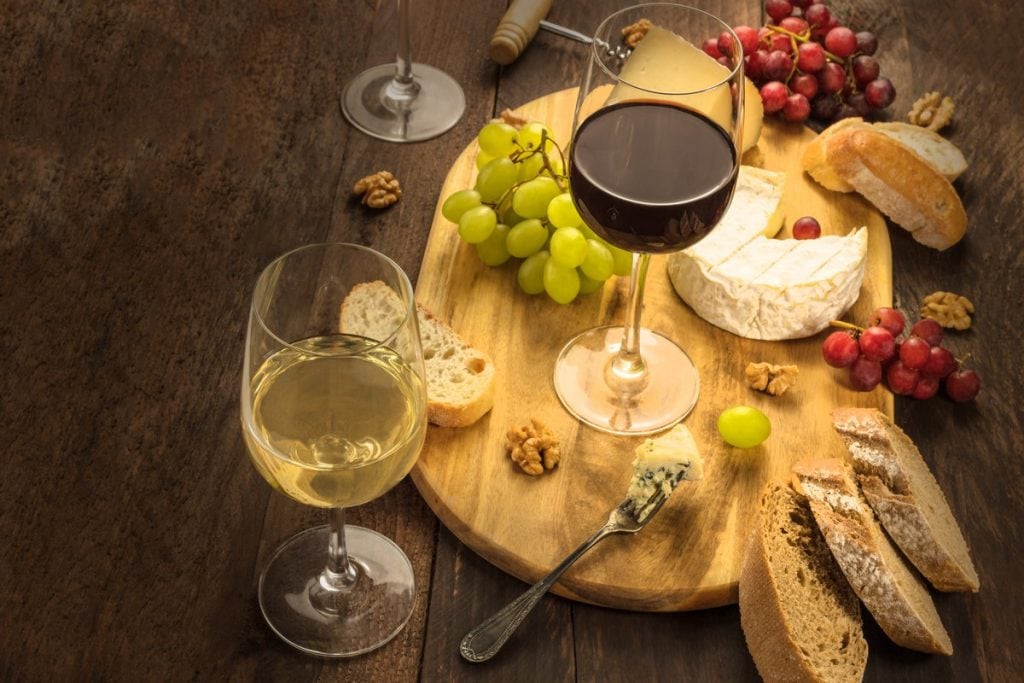
From France to Italy: new perspectives and pairings
A great insight comes from Gianni Doglia, a seasoned winemaker and Moscato d’Asti specialist: “In France, sweet wines are consumed as an aperitif (but also with roast chicken) and are often paired with cheese. In Asia, they are matched with spicy dishes. Swedes and Norwegians pair them with fruit, particularly strawberries. In the US… well, they mix everything. This shows that my favourite child (Moscato d’Asti, ed.) finds its highest expression with cheeses, from buffalo mozzarella to medium-aged cheeses, and even some blue goat cheeses. If you happen to have a four- or five-year-old Moscato, well… that’s where the real fun begins. But one of my absolute favourites is bread, butter, anchovies, and Moscato… sublime! A few years ago,” Doglia continues, “we experimented with pairing it with fried seafood: prawns, with their natural sweetness, were magnificent. Speaking of experiments, here in Canelli, with the new association of the recently recognised DOCG Canelli, we organise themed evenings where we pair everything exclusively with Moscato d’Asti from different producers – and the fun is guaranteed!”
A successful experiment in Bagno di Romagna with Gorini
Another fascinating and fun example comes from Mauro Mattei, expert taster and Fine Wines Specialist at Ceretto/Terroirs: “During a recent visit to Gianluca Gorini in San Piero in Bagno, I tried an incredible dish, a true manifesto of avant-garde and territorial cuisine: an essential preparation rich in disruptive elements. Gianluca harvests wild plums and uses them to make an ‘arrabbiata’ sauce with anchovies and parsley. The resulting sauce is sweet, acidic, and spicy; the boiled parsley adds an intense, green aromatic note, and the anchovy provides savouriness. A real rollercoaster of sensations and a tough challenge for any sommelier. I envisioned a wine pairing and proposed it to the chef: the Vitriol by Olivier Pithon, one of the most insightful and talented interpreters of the Côtes Catalanes, the heart of the French Pyrenean region. This naturally sweet wine is an expressive representation of Grenache Noir: long fermentation in wood, direct pressing, a small addition of alcohol to stabilise the residual sugars, and no particular secrets. In the glass, it bursts with red fruit and spice, with a richness and depth derived from its grape variety. The result? As Gorini himself put it after testing it: ‘The match is there, no doubt! The sugar amplifies the acidity and extends the spiciness, restraining them.’”

A sauternes for scrambled eggs with Truffle
Giacomo Serreli, a talented sommelier and restaurant manager at Terrazza Bistrot e Vineria in Capoterra (Cagliari), recalls the delight of his guests when he proposed a Sauternes pairing with scrambled eggs and truffle: “It’s the kind of pairing that makes me say ‘wow’ every time! Another memorable moment happened in Baja Sardinia, at the Somu restaurant run by Salvatore Camedda. The chef, preceding dessert, created a savoury crêpe with casizolu cheese and a sauce made from s’erbuzu di Gavoi (a mix of highly bitter and balsamic mountain herbs, ed.). We paired it with a Moscato di Saracena, and it was a perfect marriage – the sugar contrasted with the dish’s savouriness, while the slightly oxidative component of the wine was ideal for cleansing the palate. Another unforgettable memory involves an old 1988 Malvasia di Bosa Amabile, the Licoro by Zarelli, paired with Salvatore’s suckling pig: a true spectacle. Last but not least, an unusual pairing proposed alongside Michela Scarello at Agli Amici in Udine. Pastry chef Leonardo Zanon created a salty pre-dessert with capers, lemon, cuttlefish ink, and caper meringue. We paired it with a Moscato d’Asti and added a few salt crystals – at first, the guests were sceptical, but then pleasure took over.” In short, the possibilities are endless because, to quote Mauro Mattei, “there is never just one single track to reach the desired destination.”

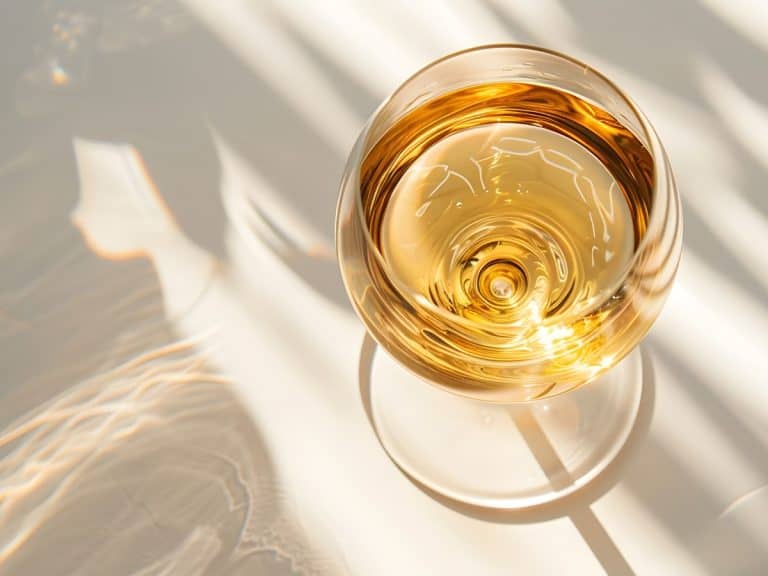
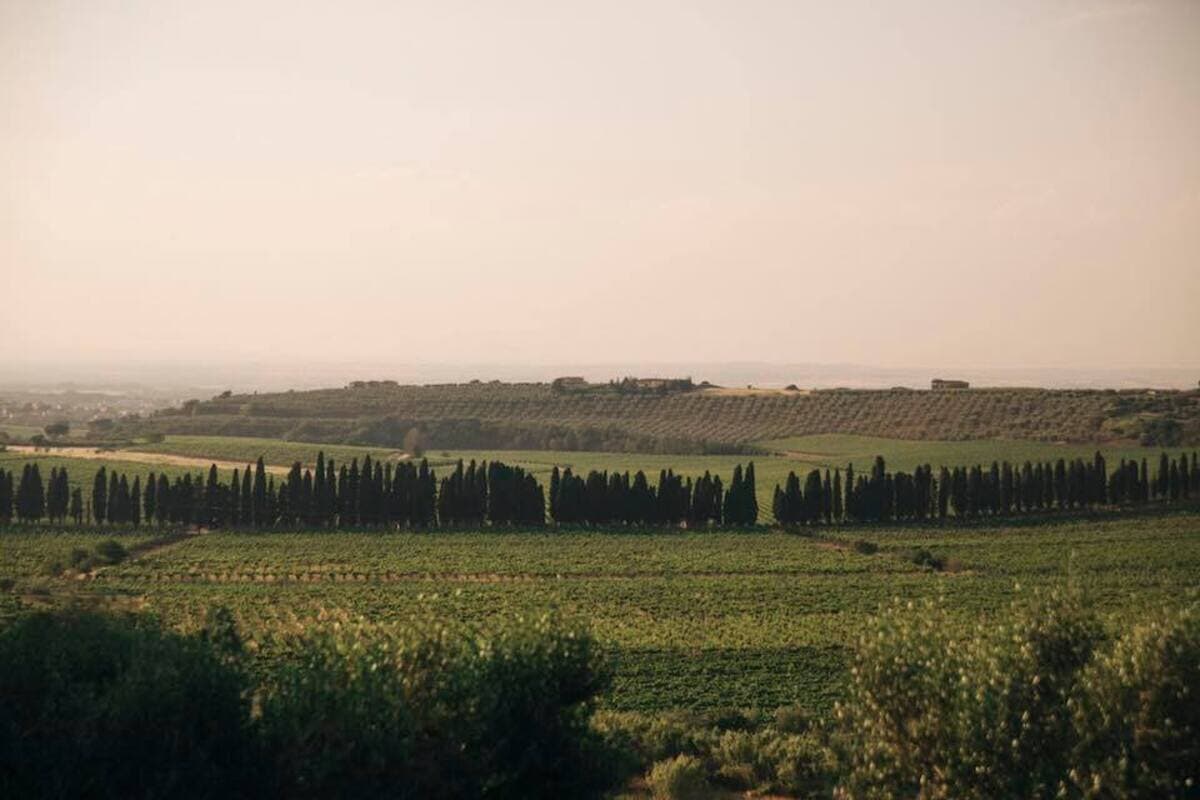 The Consorzio dei Vignaioli del Lazio is born. This is how artisan producers challenge the agro-industrial model
The Consorzio dei Vignaioli del Lazio is born. This is how artisan producers challenge the agro-industrial model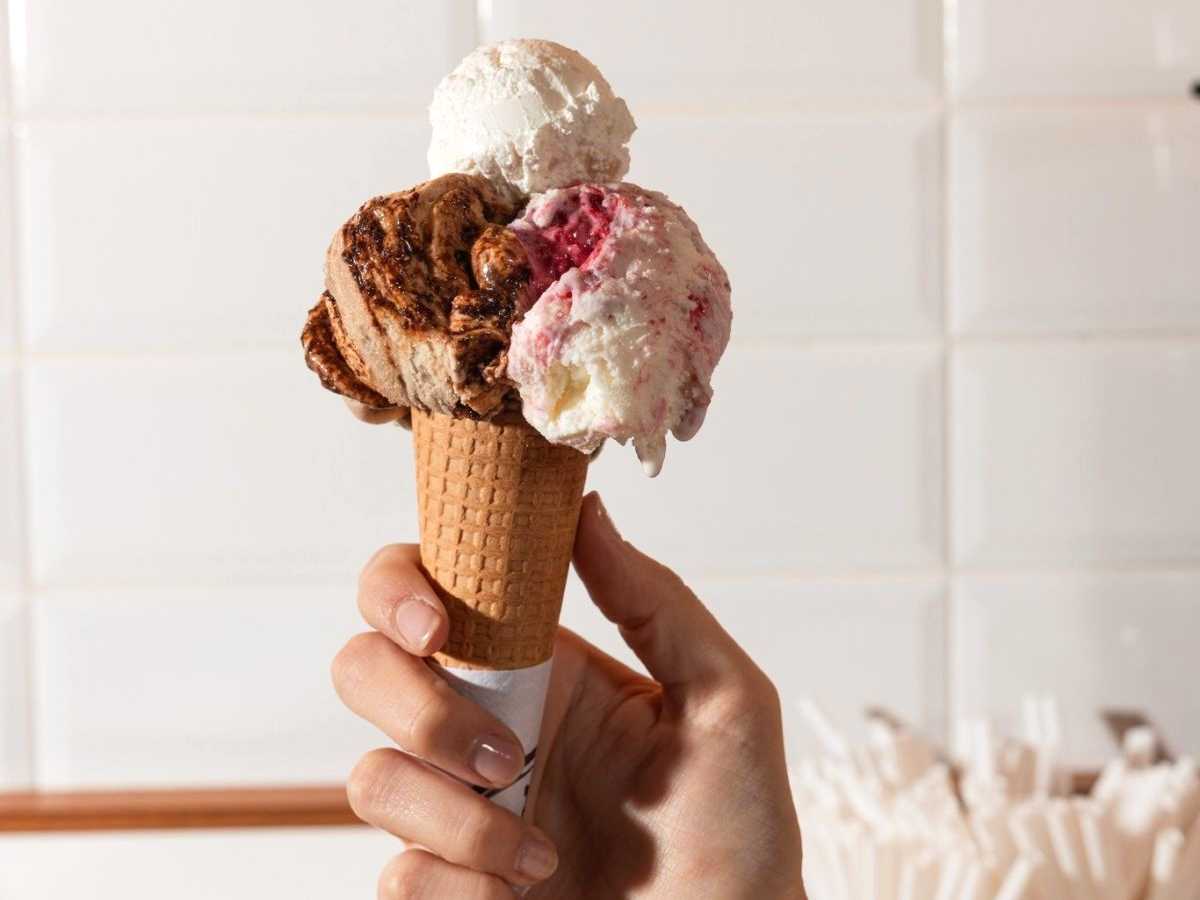 Where to eat gelato in Milan: the best spots
Where to eat gelato in Milan: the best spots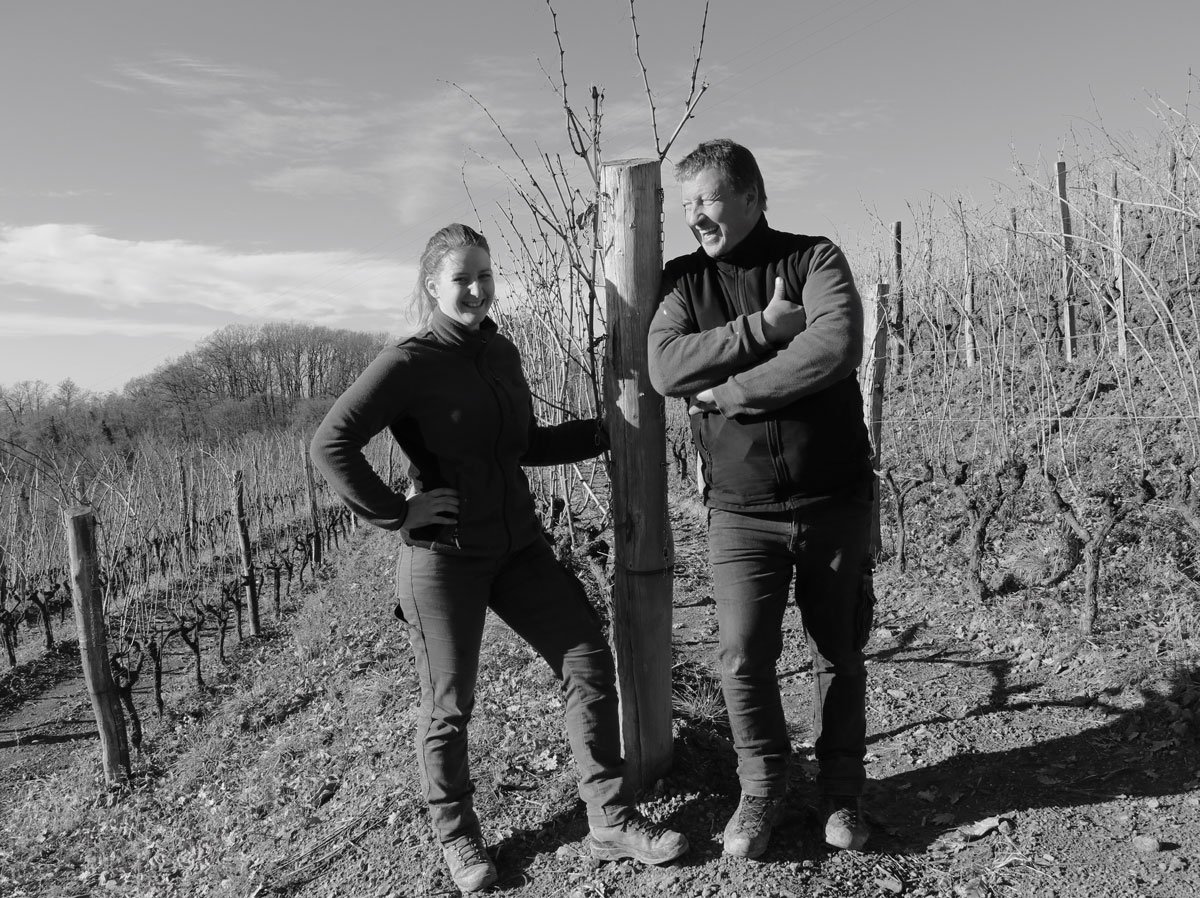 "I never thought wine was natural — it's the biggest nonsense I've ever heard." Interview with Damjan Podversic
"I never thought wine was natural — it's the biggest nonsense I've ever heard." Interview with Damjan Podversic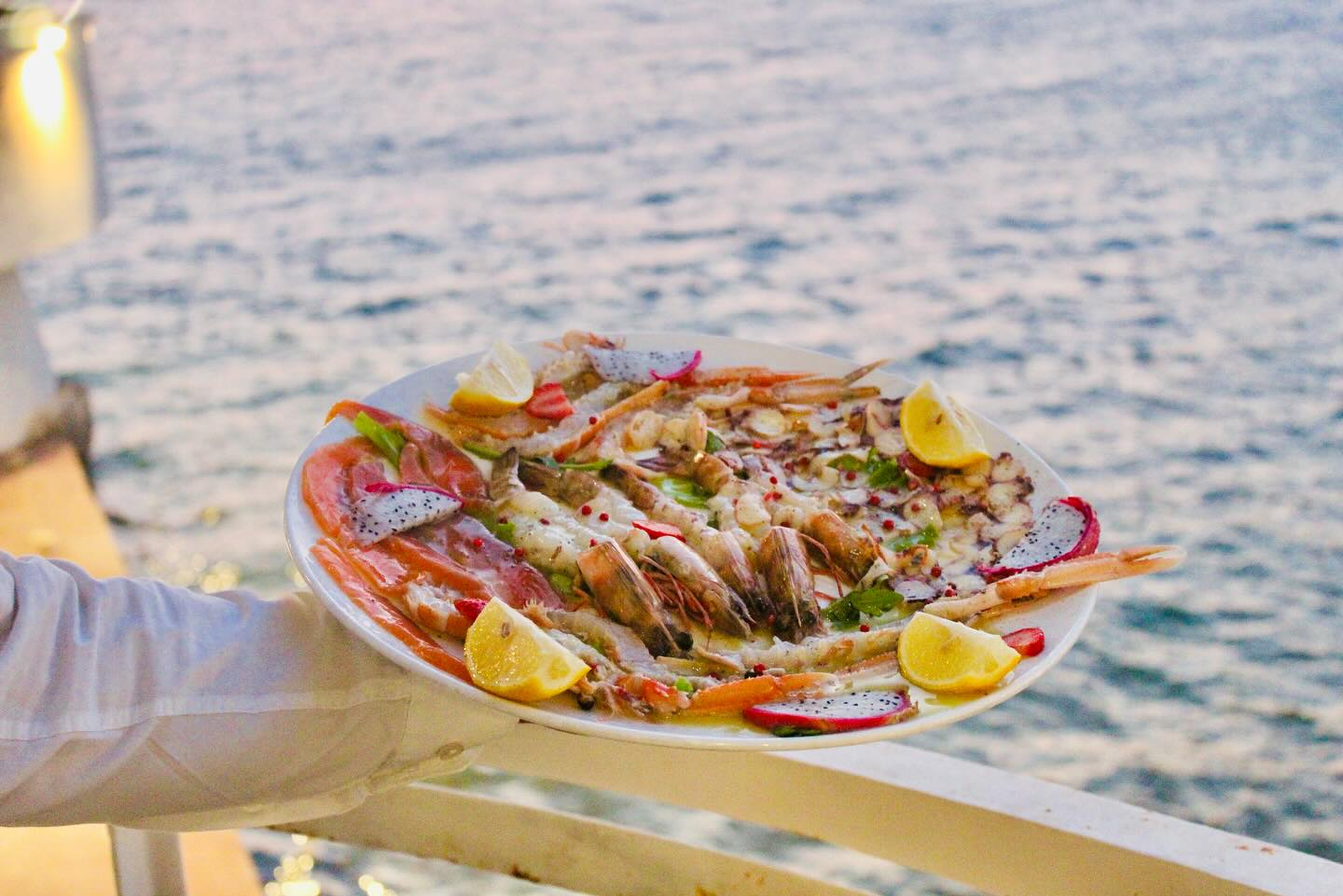 This year the Giro d’Italia starts in Durrës. Here are 4 unmissable places to eat in the Albanian city
This year the Giro d’Italia starts in Durrës. Here are 4 unmissable places to eat in the Albanian city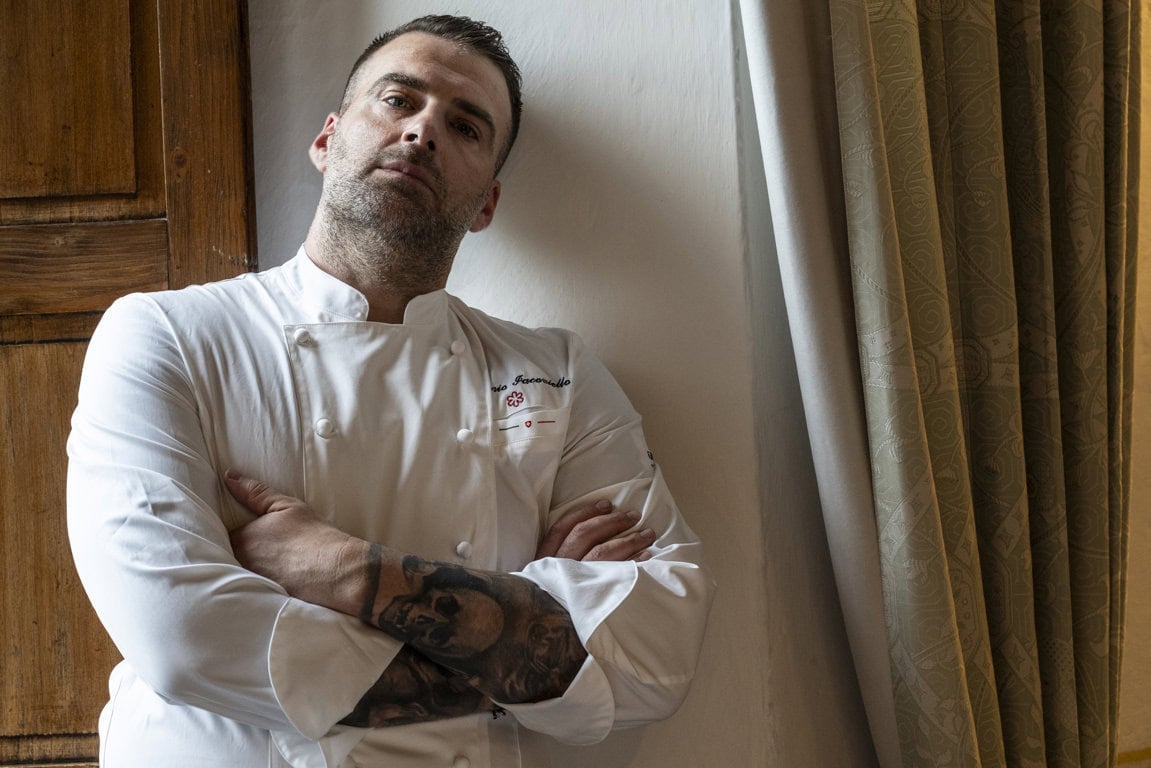 The chef who left a top restaurant in Tokyo to open his own place in a small Tuscan village
The chef who left a top restaurant in Tokyo to open his own place in a small Tuscan village